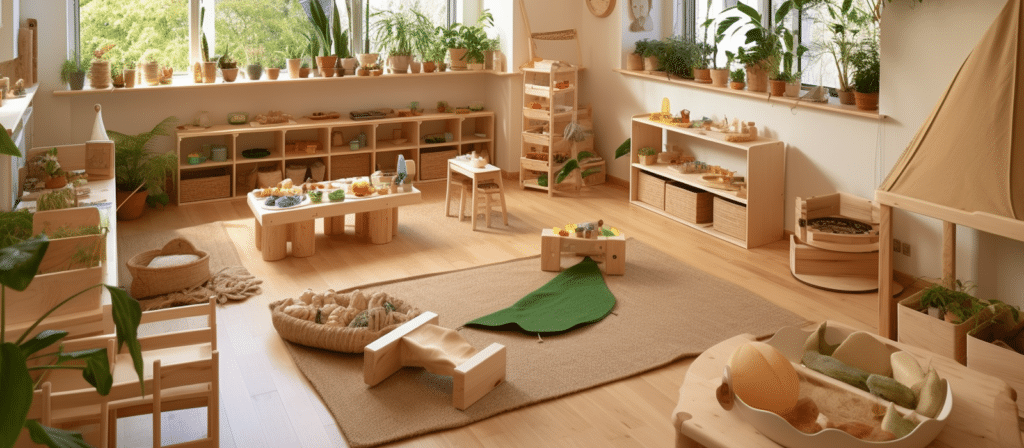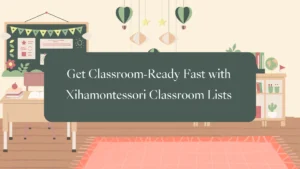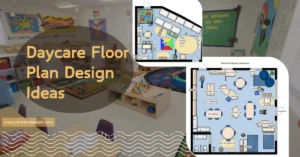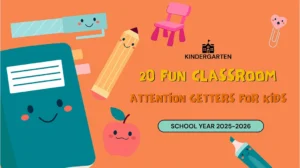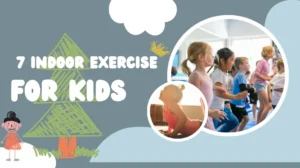Are you searching for innovative ways to enhance social skills in young learners? Discover the power of collaborative preschool furniture in creating an environment that fosters teamwork, communication, and social interaction among children. Join us on a journey to explore how thoughtfully designed furniture can nurture essential social skills while igniting a passion for learning.
Collaborative preschool furniture is designed with the aim of fostering collaboration, communication, and social interaction among children. It goes beyond traditional desks and chairs, providing a versatile and interactive space for children to work together on projects, problem-solving, and imaginative play. By incorporating these elements into the classroom, we can create an environment that encourages social skills development from an early age.
Did you know that collaborative furniture can have a positive impact on social skills development in preschoolers?
Research has shown that the physical environment plays a crucial role in shaping social behavior and interactions among children. The layout and design of the classroom can either facilitate or hinder social interaction. By utilizing collaborative preschool furniture, we can create an environment that promotes social engagement and teamwork.
One of the key benefits of collaborative furniture is its ability to encourage cooperation and teamwork. When children are seated together in groups or clusters, it becomes easier for them to communicate, share ideas, and work together towards a common goal. This promotes the development of important social skills such as listening, compromising, and resolving conflicts.
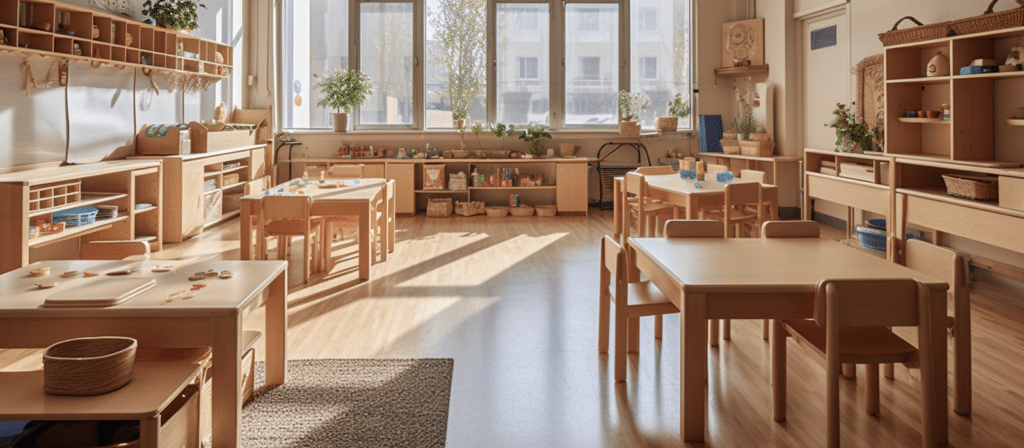
Additionally, collaborative furniture allows for flexibility and adaptability in the classroom. It can be easily rearranged to accommodate different activities and group sizes. This encourages children to interact with different peers and learn how to work effectively in various social settings. It also teaches them the importance of respecting others’ personal space and belongings.
How does collaborative preschool furniture promote social skills?
Collaborative preschool furniture provides numerous opportunities for children to practice and develop their social skills. Here are some ways in which it promotes social interaction and skill-building:
- Encourages communication: By sitting in close proximity to their peers, children are more likely to engage in conversations and discussions. They learn how to express their thoughts, listen to others, and ask questions. This fosters effective communication skills and helps children develop the ability to articulate their ideas.
- Promotes teamwork: Collaborative furniture facilitates group work and encourages children to collaborate on projects and assignments. They learn how to divide tasks, delegate responsibilities, and work together towards a common objective. This instills a sense of teamwork and teaches children the value of cooperation.
- Develops problem-solving skills: When children work together, they encounter challenges and problems that require creative solutions. Collaborative furniture provides a platform for children to brainstorm ideas, think critically, and come up with innovative solutions. This nurtures their problem-solving skills and teaches them how to think outside the box.
- Enhances empathy and understanding: Interacting with peers from diverse backgrounds and abilities helps children develop empathy and understanding. Collaborative furniture encourages inclusivity and creates an environment where children learn to appreciate and respect individual differences. This fosters a sense of empathy and promotes social acceptance.
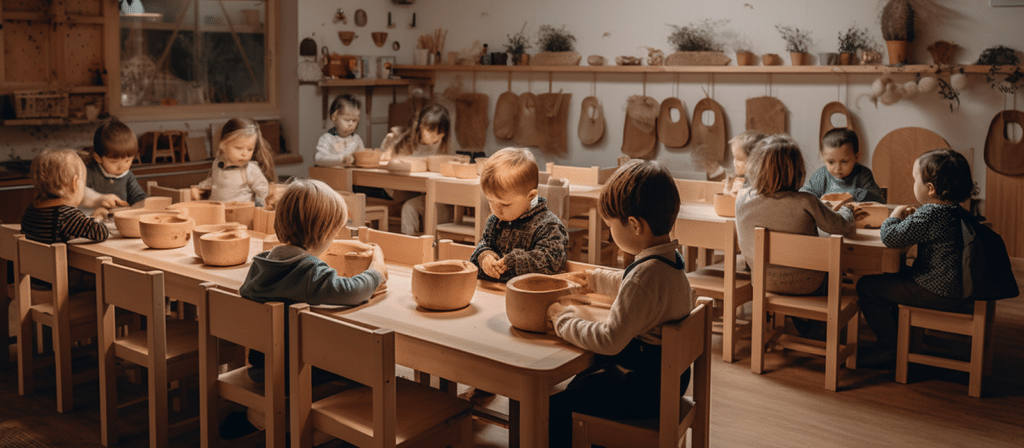
How can teachers incorporate collaborative preschool furniture into their classrooms?
Teachers play a crucial role in implementing collaborative preschool furniture effectively. Here are some tips for incorporating it into the classroom:
- Create designated collaborative areas: Set up specific areas in the classroom where children can gather to work collaboratively. These areas should be equipped with collaborative furniture such as round tables, bean bags, and floor cushions. This creates a designated space for collaborative activities and encourages children to come together.
- Encourage group discussions: Use collaborative furniture as a platform for group discussions and brainstorming sessions. Engage children in meaningful conversations and encourage them to share their ideas and opinions. This helps develop their communication skills and fosters a sense of community within the classroom.
- Promote inclusive play: Collaborative furniture can be used to create inclusive play spaces where children of all abilities can participate. Incorporate sensory elements, such as textured surfaces or adjustable heights, to accommodate different needs. This promotes inclusivity and ensures that all children feel valued and included.
- Rotate seating arrangements: Regularly rotate the seating arrangements to encourage children to interact with different peers. This helps them develop social skills such as adaptability, flexibility, and the ability to work effectively with different personalities. It also prevents the formation of cliques and promotes a sense of unity within the classroom.
Collaborative preschool furniture goes beyond the traditional classroom setup, providing a dynamic and interactive environment that promotes social skills development. By incorporating collaborative furniture into the classroom, teachers can create a space that encourages communication, teamwork, problem-solving, and empathy among young children. Let’s embrace the power of collaborative preschool furniture and nurture the social skills of our future leaders.

